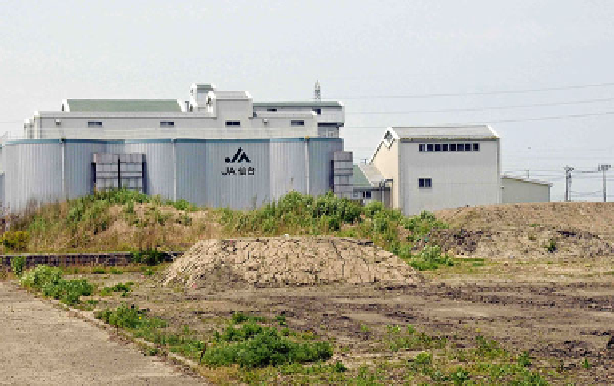Environmental Engineering Reference
In-Depth Information
Fujikawa et al. (
2011
) found that the density of sand and mud deposited by the
tsunami in Minamisoma City (Fukushima Prefecture) varied from those generally
found in farm soil, considering the large particle density of the sandy deposits may
be due to the presence of metals or heavy metals.
Pollution from mud and sand containing metals should not always be expected,
as other studies have shown this to be the case. Chagué-Goff et al. (
2012a
) reported
that tsunami sediment located in certain areas along the Sendai Plains (Miyagi)
presented heavy metal concentrations similar to background uncontaminated soils,,
which is probably due to the lack of fi ne marine sediment entrained by the tsunami
and deposited on land. Kawabe et al. (
2011
) also acknowledged the presence of
leached concentrations of lead and arsenic, but stated that their origin needed to be
corroborated as it may have resulted from causes other than the tsunami.
Tsunami mud causes a large increase in sea salt concentrations in the soil, which
is mainly due to the presence of sea salt-contaminated terrestrial mud (Chagué-Goff
et al.
2012a
,
2013
) in addition to marine mud brought ashore. As a result, such
contaminated soil is rendered useless for rice cultivation therefore must be removed
(Fig.
17.3
).
In addition to the many types of debris caused by the tsunami, there is debris
from construction, which presents its own unique set of health hazards as spilled
chemicals from destroyed industries, processing facilities and urban areas will have
long-term repercussions on the environment. Moreover, wooden debris treated with
preservation compounds may potentially be released, presenting yet another source
of contamination.
Fig. 17.3
Tsunami mud containing high concentrations of salt removed from damaged paddy
fi elds. Sendai; Miyagi Prefecture

Search WWH ::

Custom Search